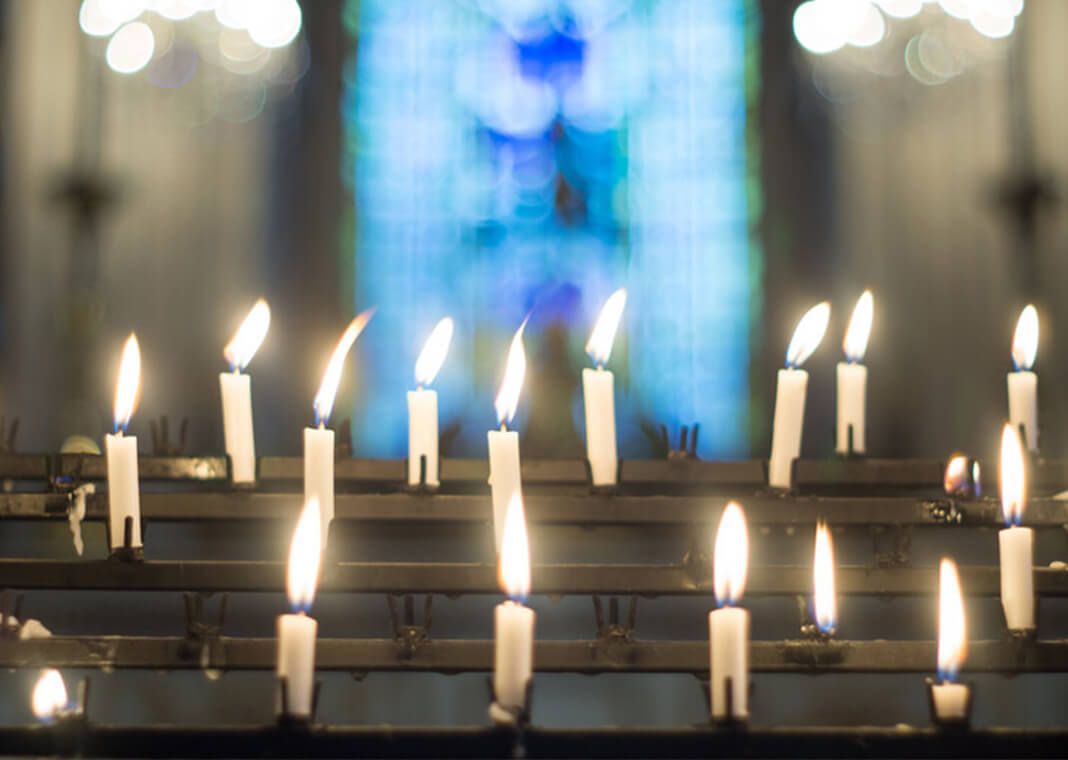
Editor’s note: Throughout July, we’re hosting 31 Days with St. Ignatius, a month-long celebration of Ignatian spirituality. In addition to the calendar of Ignatian articles found here, posts on dotMagis this month will explore the Ignatian Year theme, “To see all things new in Christ.”
What if, in our prayer to see all things new in Christ—the theme of this Ignatian Year—we begin with ourselves?
As I contemplate this prayer, I am mindful of the Gospel passage:
“The eye is the lamp of the body. So, if your eye is healthy, your whole body will be full of light; but if your eye is unhealthy, your whole body will be full of darkness. If then the light in you is darkness, how great is the darkness!” (Matthew 6:22–23)
Jesus seems to be suggesting that a prerequisite for living a holy life is having the right kind of self-regard. So in praying to see ourselves new in Christ, we ask God to help us to see ourselves the way that God in God’s own goodness sees us: created out of generous love to do some good in the world, however broken the world may be.
To be sure, this prayer is very different from the kind of selfishness that someone like Augustine warns us against in his work, The City of God. For him, there are two cities, one involving love of self, even to the contempt of God, and the other involving the love of God, even to the contempt of self. (XIV.28)
The former temptation is easy in a world that exalts the individual, isolated self; it manipulates our anxieties and our desires in order that we might purchase, consume, and throw away. Excessive love of self creates a darkness that can obscure God’s light in us.
Yet even the latter represents a temptation toward a false pride, a deficient love of self. It moves us toward martyr complexes of various sorts and a willingness to become, as it were, “doormats.” There is a false love of God that might look rather like piety—an attitude which Ignatius himself critiqued in a letter to young Jesuits in Coimbra.
So what, then, do we pray for when we pray to see all things new in Christ? I can think of no better place to start than Ignatius’s own Suscipe: “Take, Lord, and receive all my liberty, my memory, my understanding, and my entire will, all I have and call my own.” This is a prayer of gratitude, of response to the gift of God’s grace. As such, it reflects both mindful reception of God’s free gift and similarly mindful donation of one’s self back to the Creator.
The prayer continues: “You have given all to me. To you, Lord, I return it. Everything is yours; do with it what you will. Give me only your love and your grace, that is enough for me.” We pray that God will, in granting us love and grace, open up for us the slow, gradual process of coming to see ourselves—even in our sinfulness and finitude—as capable of doing what is good, true, and beautiful, regardless of where we have come from and what we have previously done.
As we near the end of this year’s 31 Days with St. Ignatius, consider Six Lessons from a Cannonball Diagnosis by Lisa Kelly. Use the hashtag #31DayswithIgnatius on your favorite social media to share your cannonball moment.

Thanks Tim for this beautiful meditation on the Suscipe. Saint Ignatius of Loyola – Pray for us.